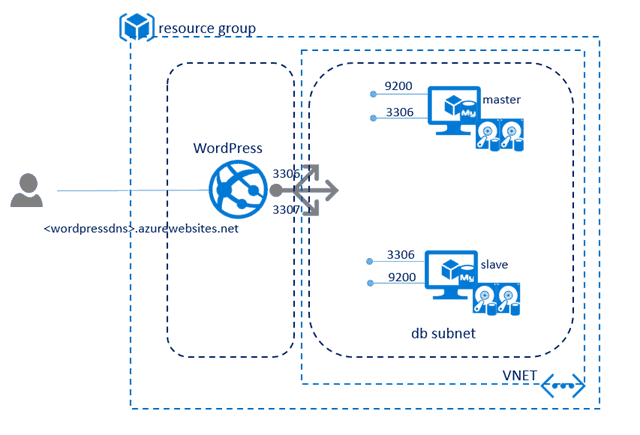Microsoft releases Azure template for WordPress/MySQL
2 min. read
Published on
Read our disclosure page to find out how can you help Windows Report sustain the editorial team Read more

Microsoft’s Azure cloud service can host any number of Web services, from back-end business applications to video hosting services. Until recently, though, running a WordPress blog on Azure was a bit of a convoluted process. Today, however, Microsoft announced that they’re changing all of that, making WordPress on Azure a much more straightforward process.
In the past, using WordPress on Azure meant signing up for a ClearDB account for running the blogging platform against a MySQL database, or using a virtual machine set up to run MySQL. Now, Microsoft has created an Azure Resource Manager (ARM) template that automates the process of running WordPress via Azure App Service Web Apps–all backed by a MySQL server cluster running on Azure virtual machines.
While it’s all a bit esoteric, likely of interest only to the kinds of people who need to run WordPress on Azure as opposed to the typical hosting service, the template’s release bodes extremely well for the select few who will benefit from it. Here are the template’s properties:
– CentOS 6.6 are used for Azure virtual machines to host MySQL 5.6 server
– GTID-based replication is configured and tested
– Provisions a two-node MySQL master slave configuration in an Azure VNet where each has two data disks striped into Raid0, both Standard and Premium storage are supported
– A load balancer is provisioned in front of the two VMs so the VMs are not directly exposed to the internet; MySQL and SSH ports are exposed through the load balancer using Network Security Group rules
-Configures a HTTP-based health probe for each MySQL instance that can be used to monitor MySQL health

There’s a ton of detail on how to utilize the template, if you’re ready to get your WordPress on Azure project started. And as always, make sure to provide your feedback to the Azure team to ensure that the template performs as you need it to do going forward.








